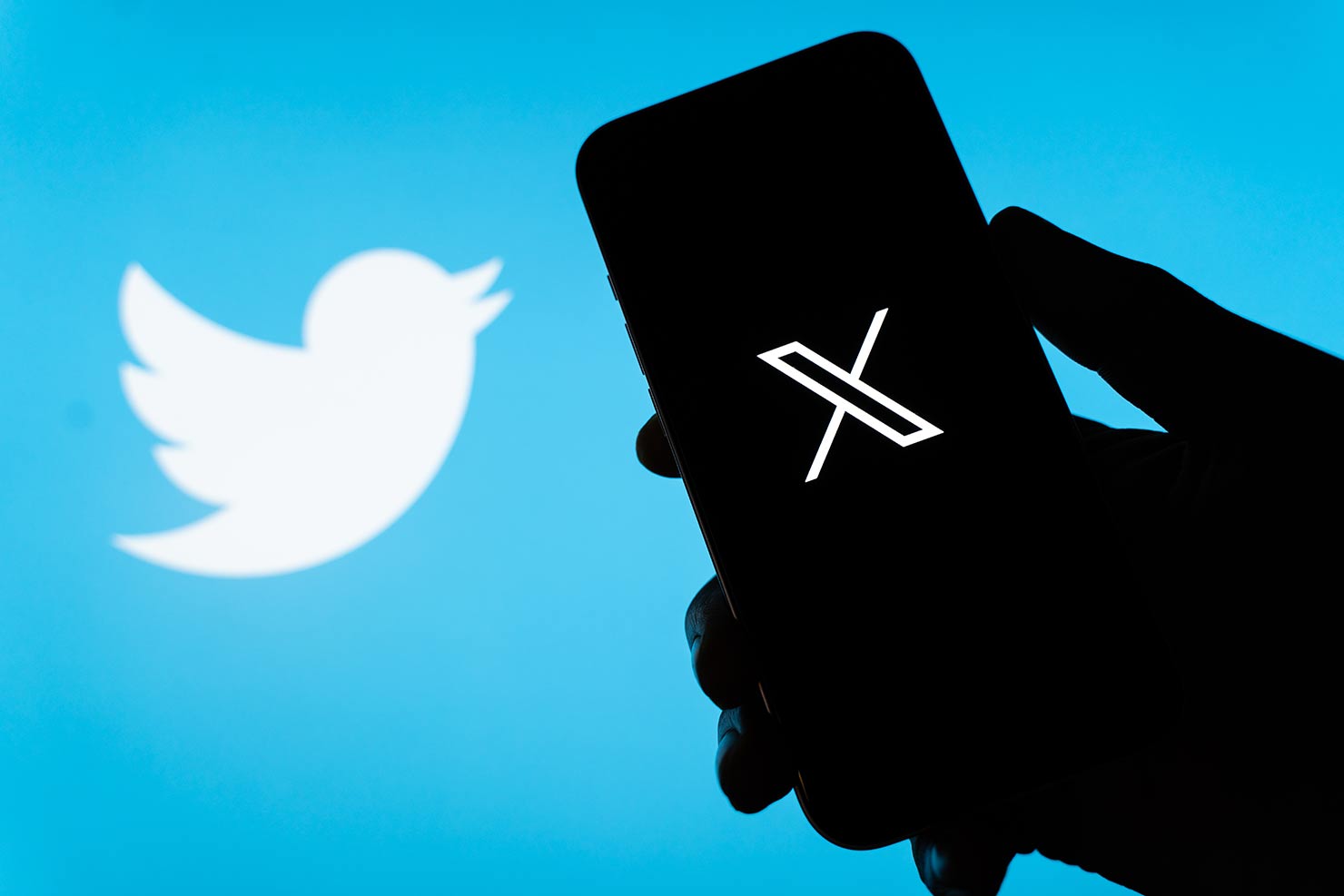Ambitious global rebrands or brand name changes rarely achieve the desired strategic outcomes and commercial results. Not every corporate name change can become a business game-changer. Take Elon Musk’s desire to re-invent a declining ad-based social media network into what he dubiously calls: “the everything app”.
If we are to believe Twitter’s recently appointed CEO, Linda Yaccarino, the new name is supposed to transform Twitter or rather X into “the future state of unlimited interactivity – centered in audio, video, messaging, payments/banking – creating a global marketplace for ideas, goods, services, and opportunities. Powered by AI, X will connect us all in ways we’re just beginning to imagine”. Can these lofty goals be achieved with a simple name-change? It seems hard to imagine. Musk and Yaccarino have fallen victim to a common rebranding mistake: the magical thinking fallacy. This is the belief that the first, and most important, step in business transformation is symbolic transformation. It is the view that a new brand name, visual icon and logo can influence the external world and create a new corporate reality. At its core, this fallacy confuses vision statement and aspiration for strategic execution and operationalization. The resulting lag between the new publicized ambition and the actual business reality quickly leads to a loss of confidence and, if uncorrected, results ultimately in a full-blown and damaging crisis of credibility. This is where Twitter or, shall I say “X”, finds itself
There are at least three lessons that business executives can draw from Musk’s
mistakes.
First, brand equity matters. According to consultancy firm Brand Finance, Twitter’s brand name was valued at 4 billion dollars USD in January 2023 before the change to “X”. This significant number was already down 30% from the January 2022 valuation that preceded the Musk acquisition. Call it an early indicator that Elon is a poor brand steward. Brand equity is always important, but it is even more so when your brand name is synonymous with the category as was the case for Twier and micro-blogging. No one will call it “X-ing”. Second, consumer top of mind awareness is not to be trifled with. While the Twitter name, blue bird icon and logo are familiar to most American consumers, X is not. As a result within weeks of the rebranding the app’s total daily downloads decreased significantly in its core US market as shown by the analysis of media strategist Eric Seufert. While in July 2023 Twier was one of the top 25 downloaded apps on Apple and Android by mid-August 2023 a mere two-weeks aer the name change, X could barely make it within the top 65.
Third, consider your brand architecture first. Do you want to send a strong signal to investors about a change in your strategic focus without endangering your brand equity or your consumer facing awareness? Well, you can easily do so by leveraging your brand architecture. A case in point is Facebook, now Meta, which has managed to retain its consumer facing brand equity by leaving its iconic social network branding Facebook as is and changing instead its corporate name.
Finally, stress-test your urge for a name-change or rebrand. Are you simply using rebranding as a short-cut to achieve deeper organizational change that might require more structured eorts and consensus-building? Could you have achieved the desired strategic business goals without the added risk of renaming? Did the Twier name and logo really stand in the way of the business ambitions of “X”? Or would it have been easier to create “a global marketplace for ideas, goods, services” and still call it Twier. For now, all the renaming has achieved is create an extra liability.

Badr EL FEKKAK
Affiliate Professor at Story School
Managing Director of Cairns Oneil, Strategic Media Buying and Planning Strategy. Former Vice President, Strategy at McCann Worldgroup Canada, he leads strategic planning for key customers including Nespresso, L’Oréal, Maybelline, General Motors and others. Ex Vice President of VICE Media, specialized in brand content development, partnerships and strategy. Badr has held senior strategic planning roles at Bleublancrouge and Cossee, where he was responsible for strategy for clients such as McDonald’s, Aeroplan, BDC, Ubiso and Sephora.

Feeling inspired ?
Take some time to write a paragraph about something you’re proud of and sometimes find underestimated and share it with us at storyschool@um6p.ma



